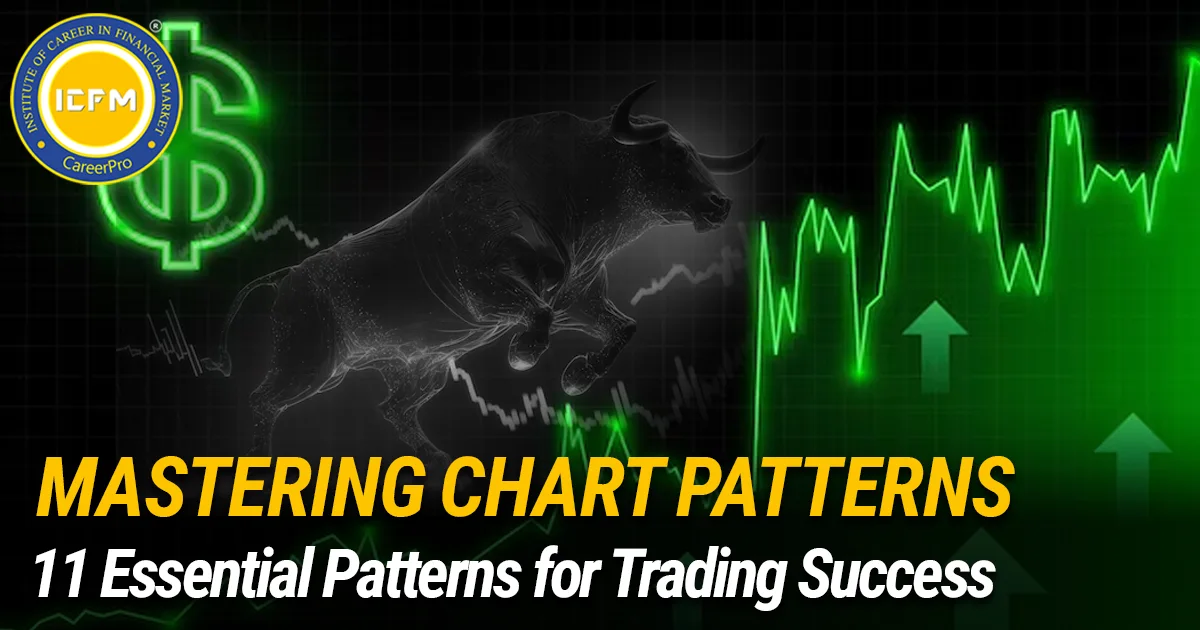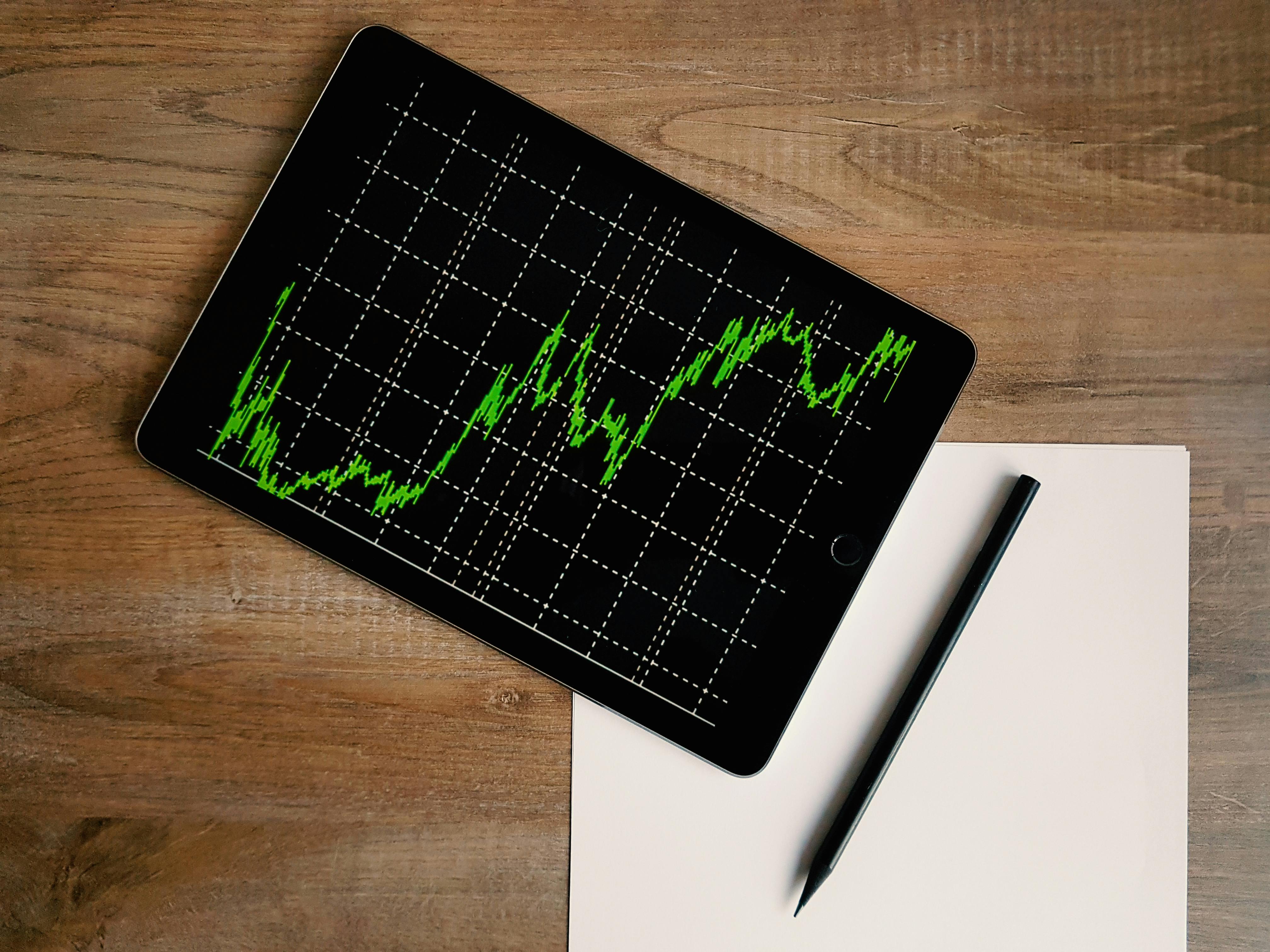What
Are Chart Patterns?
Chart patterns are formations created by the movements of an asset's price
on a chart. These patterns are the result of recurring human behavior and help
traders understand potential price changes. Patterns are generally classified
into two main categories: reversal patterns and continuation
patterns. Reversal patterns indicate that a current trend may
be about to reverse, while continuation patterns suggest that the trend will
continue.
Types of Chart Patterns
· Reversal
Patterns: These patterns signal a change in the current trend. They are
often used by traders to spot potential turning points in the market.
·
Continuation Patterns: These patterns indicate a pause in the prevailing
trend, followed by a continuation in the same direction
11 Chart Patterns Every Trader Should Know
1. Head and Shoulders
Pattern Type: Reversal
The Head and Shoulders pattern signifies a trend reversal, often occurring
after an uptrend. This pattern consists of three peaks: a higher middle peak
(the "head") and two lower peaks on either side (the
"shoulders").
2. Double Top
Pattern Type: Reversal
A Double Top is formed when an asset's price reaches a peak, declines, then
rises to a similar peak before falling again. This pattern signals that buyers
are losing control, and the market may shift to a downtrend.
3. Double Bottom
Pattern Type: Reversal
The Double Bottom pattern is the inverse of the Double Top. It occurs after
a downtrend when the price forms two lows before breaking out into an uptrend,
suggesting a bullish reversal.
4. Cup and Handle
Pattern Type: Continuation
The Cup and Handle pattern resembles the shape of a teacup and often
indicates the continuation of an uptrend. After a period of consolidation (the
"cup"), the price declines slightly (the "handle") before
breaking out higher.
5. Rounding Bottom
Pattern Type: Reversal
Also known as a saucer bottom, this pattern indicates a gradual shift from a
downtrend to an uptrend. Rounding Bottoms are generally long-term patterns and
suggest a bullish reversal.
6. Wedge Patterns
Pattern Type: Reversal or Continuation
Wedge patterns are characterized by converging trend lines, either sloping
up or down. There are two main types:
- Rising Wedge: A bearish
pattern that forms in an uptrend.
- Falling Wedge: A bullish
pattern that forms in a downtrend.
7. Pennants
Pattern Type: Continuation
Pennants are short-term continuation patterns formed after a strong price
movement, followed by a consolidation phase. The price will generally continue
in the direction of the prior trend once the pennant is broken.
8. Flags
Pattern Type: Continuation
Flags resemble a small rectangle that slopes against the previous trend.
They signal that the asset's price is taking a brief pause before continuing in
the same direction.
9. Ascending Triangle
Pattern Type: Continuation
An Ascending Triangle pattern forms when there is a horizontal resistance
level with an ascending trendline. This is typically a bullish pattern,
suggesting that buyers are gradually gaining control.
10. Descending Triangle
Pattern Type: Continuation
The Descending Triangle is the opposite of the Ascending Triangle. It
features a horizontal support level and a descending trendline, indicating that
sellers are gaining strength and may push the price lower.
11. Symmetrical Triangle
Pattern Type: Continuation
A Symmetrical Triangle is formed by two converging trendlines with similar
slopes. This pattern often appears during consolidation periods and signals a
potential breakout in either direction.
Conclusion
Mastering chart patterns provides traders with a powerful tool for analyzing
price action, forecasting trends, and making informed trading decisions. By
understanding the nuances of each pattern and applying them effectively,
traders can capitalize on market movements and optimize their strategies









